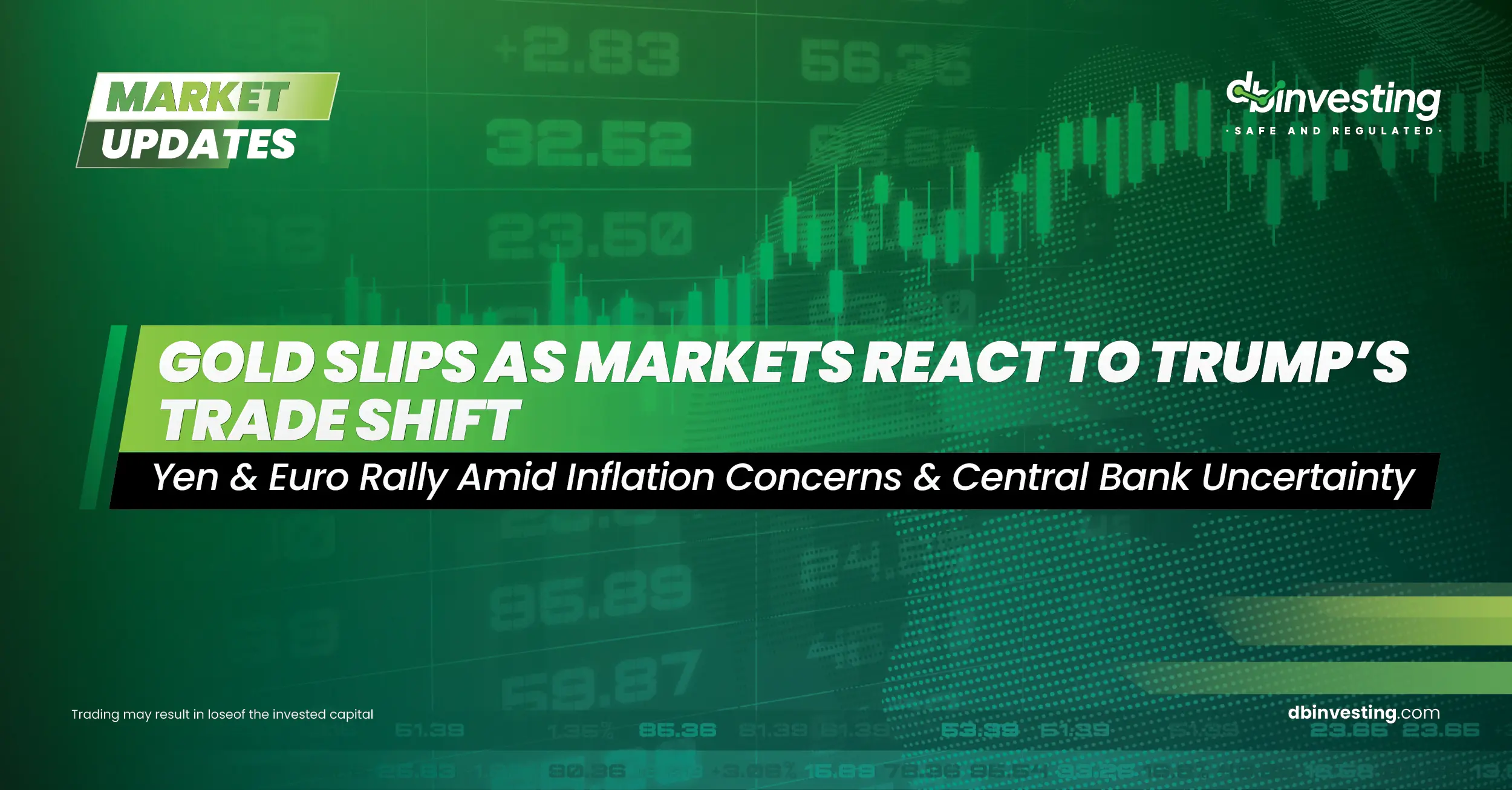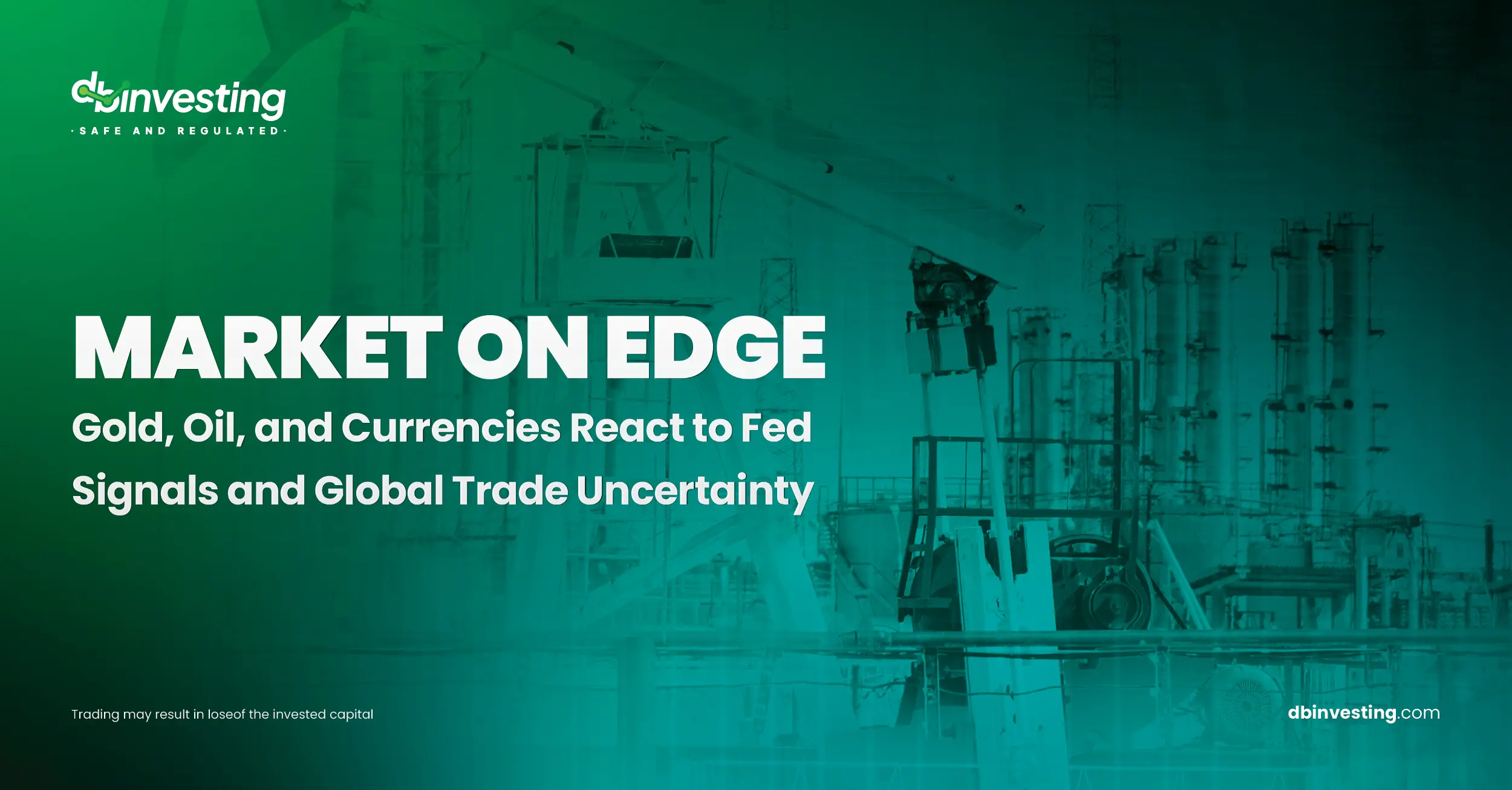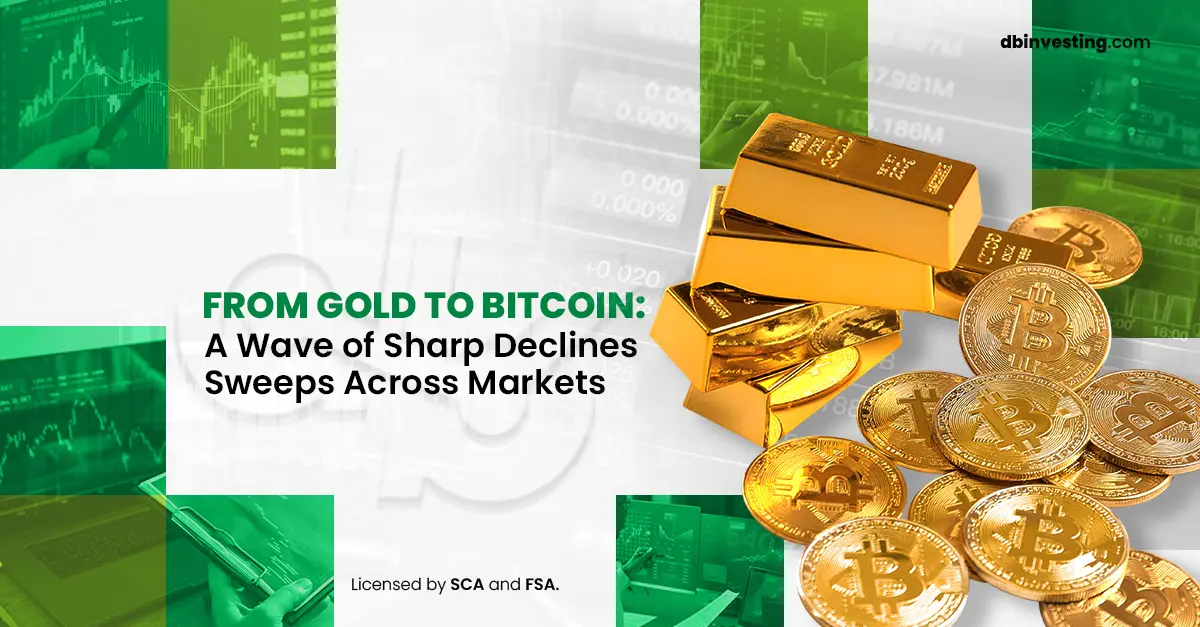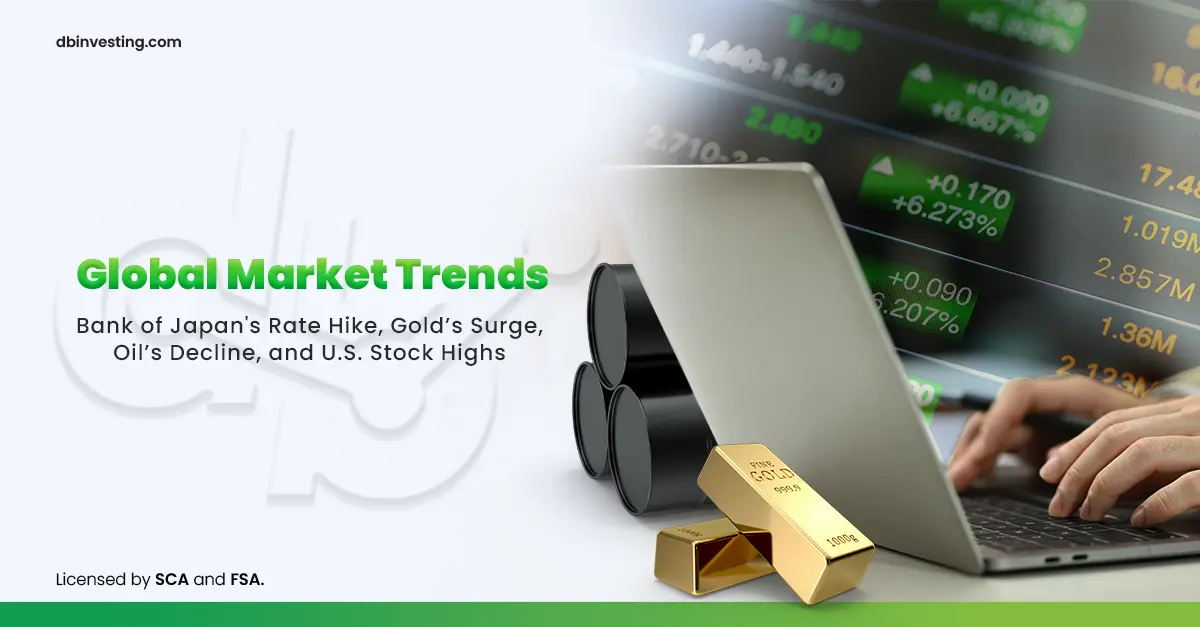Yen and Euro Rally Amid Inflation Concerns and Central Bank Uncertainty
Gold prices fell on Monday after U.S. President Donald Trump set July 9 as the new deadline for a trade agreement with the European Union, backtracking on his earlier threat to impose 50% tariffs starting June 1.
Markets responded with slight relief, reflected in the drop in gold prices. However, gold remains attractive as a safe haven, as U.S. economic decisions continue to shake confidence in the dollar. Central banks are increasingly shifting from the dollar to gold in response.
Meanwhile, the euro rose in early European trading, marking its highest level in four weeks, buoyed by Trump giving the EU a second chance at a trade deal.
Inflation data from Europe has left expectations for a rate cut by the European Central Bank in June uncertain. All eyes are now on ECB President Christine Lagarde for further clues on monetary policy.
In Asia, the Japanese yen strengthened for the second day in a row, hitting a four-week high. Concerns over rising U.S. debt and Trump’s tax reform continue to push investors toward the yen as a safe haven asset. Pressure from inflation is also mounting on the Bank of Japan, raising speculation about a potential rate hike in June.
On the other side of the world, Minneapolis Fed President Neel Kashkari warned that tariffs imposed by Trump could trigger stagflation—a mix of inflation and weak growth. In a Bloomberg interview, he said the Fed is unlikely to change interest rates before September and emphasized the need for more trade clarity.
Kashkari added that American consumers haven’t yet felt the full effects of the tariffs but warned that prolonged tariffs could deepen inflationary risks. Rising U.S. Treasury yields also reflect investor doubts about continued investment in the American economy.



